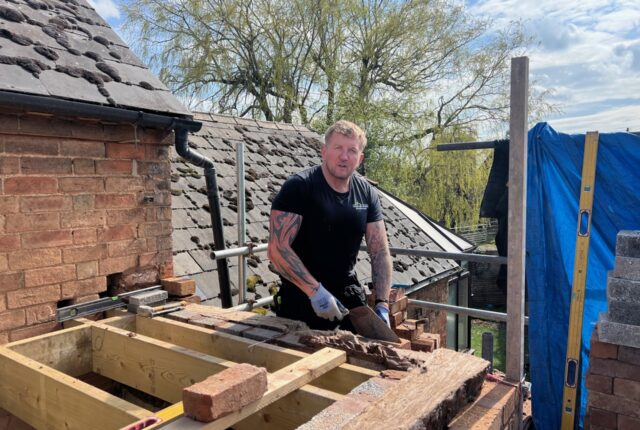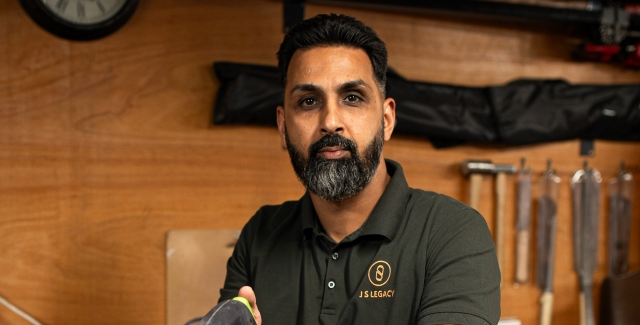Are you struggling to meet energy performance requirements?

Are you struggling to meet energy performance requirements? Don’t sweat it, Build Aviator are here to provide you with the complete range of resources to ensure you’re compliant and meet all requirements throughout your build. With our services we help to take the headache out of product selection and specification, ensuring the risk of non-compliance is minimised and sign off from building control is simplified.
Need a SAP report? We’ll sort it ASAP!
SAP (Standard Assessment Procedure) testing is the Government’s method for measuring the energy rating of residential buildings. It calculates a dwelling’s CO2 emissions, as well as its typical annual energy costs for space, water heating and lighting. To simplify the process, Build Aviator work with you by taking your design, preferred building method and match it with products in line with building regulations to allow you to get ahead with your products and get on with the build – whilst also reducing the risk of non-compliance and allowing you to know right from design stage what products you will require.
Is your building full of hot air… or losing it?
Air leakage is a major contributor to energy inefficiency in buildings. Therefore, Air Tightness Testing is a requirement for all residential new-builds and is undertaken to determine a building’s air permeability rating. Our accredited air tightness testing is in line with the latest building regulations and we can also provide on-site constructive commentary and pre-test support documents to help assist you in passing first time.
Is it sound that is causing you a nuisance?
Acoustic Testing ensures dwelling-houses, flats and rooms for residential purposes are designed and constructed with reasonable resistance to sound passage. We can help with UKAS accredited acoustic tests and if you require a consultation service, this can be provided as both our competitive and efficient testing services are available throughout the UK.
Is building compliance and product specification keeping you awake at night?
RCD’s (Registered Construction Details) help you minimise thermal bridging issues in your build and ensure it’s easy to know what products to use for new build and extension projects. We have partnered with the LABC to integrate a library of LABC (Local Building Authority Control) approved products into all 368 RCD’s, that’s more than 15,000 products. Our partnership with the LABC means that once you’ve walked the journey with us you’ll be able to provide an on-site assessor with all the necessary documents, product specifications and technical details to make the sign off process simpler.
By providing you with all you need to build intelligently and stay compliant in one place, Build Aviator are here to prevent you from losing your project…and your head.


